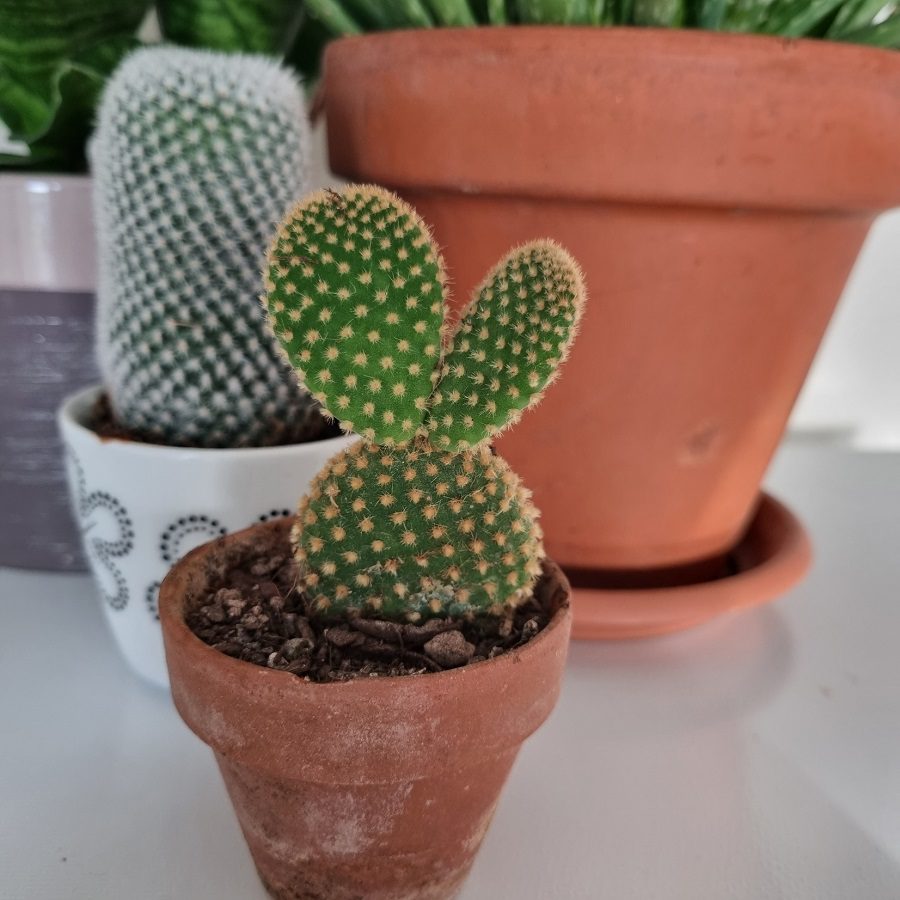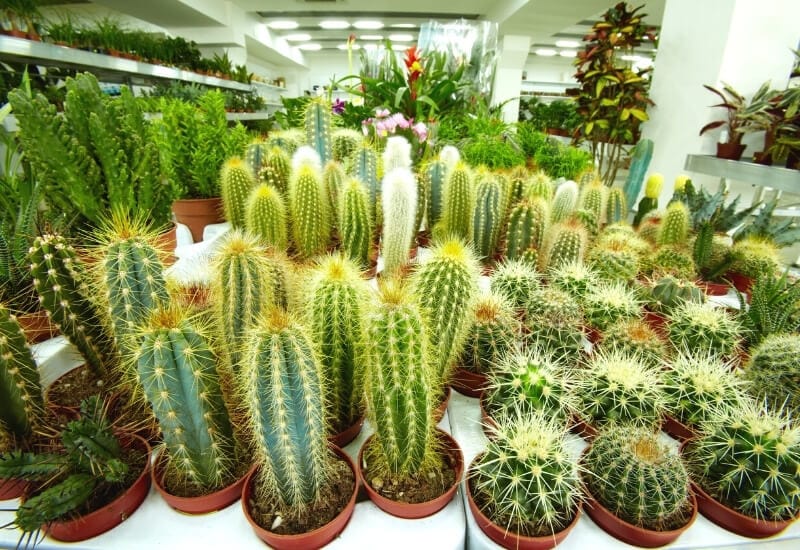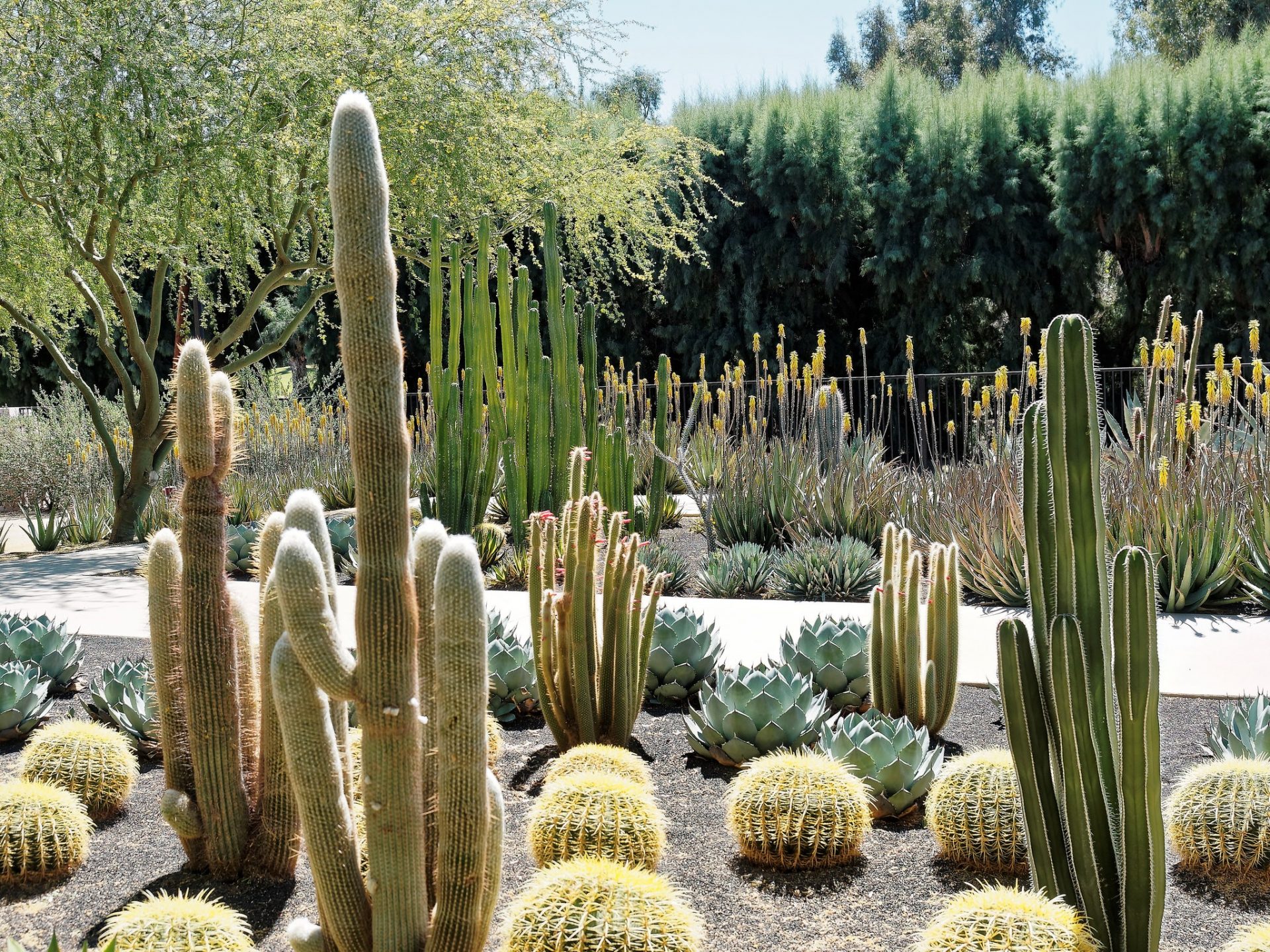Understanding the Life Cycle of Cacti
Cacti, like all living organisms, undergo a life cycle that consists of several stages. From seed germination to maturity, cacti growth is influenced by various factors, including light, water, and nutrients. Understanding these stages is crucial in determining how long do cacti take to grow and how to provide optimal conditions for their development. The life cycle of cacti can be broadly divided into four stages: seed germination, seedling, juvenile, and mature. During the seed germination stage, cacti seeds sprout and develop their root system. The seedling stage is characterized by rapid growth, during which the cactus develops its stem and root system. The juvenile stage is marked by slow growth, and the cactus begins to develop its characteristic shape. Finally, the mature stage is characterized by slow growth and the production of flowers and seeds.
Factors Affecting Cacti Growth Rate
Several factors influence the growth rate of cacti, and understanding these factors is crucial in determining how long do cacti take to grow. Temperature, for instance, plays a significant role in cacti growth. Most cacti species thrive in temperatures between 65°F to 75°F (18°C to 24°C), while some species can tolerate extreme temperatures. Humidity is another critical factor, as cacti require a relatively low humidity environment to prevent root rot and other diseases. Soil quality is also essential, as it affects the availability of nutrients and water. Pruning techniques, such as removing dead or damaged segments, can also impact cacti growth rate. By optimizing these factors, cacti growers can create an environment that promotes healthy growth and development. For example, using a well-draining potting mix and providing adequate air circulation can help prevent root rot and promote strong root growth. Additionally, pruning can help control the shape and size of the cactus, encouraging bushy growth and preventing legginess.
How to Create an Ideal Environment for Cacti Growth
Creating an ideal environment for cacti growth is crucial in determining how long do cacti take to grow. One of the most critical factors is potting, as it affects the availability of water, nutrients, and air. When potting, choose a container that is slightly larger than the cactus, with good drainage holes to prevent waterlogged soil. Repotting is also essential, as it allows the cactus to grow and thrive. However, repotting should be done sparingly, as cacti prefer to be slightly root-bound. Soil selection is also vital, as it affects the pH, nutrient availability, and water retention. A well-draining potting mix with a slightly acidic pH is ideal for most cacti species. Additionally, proper aeration is essential, as it prevents root rot and promotes healthy growth. By providing adequate air circulation, cacti growers can create an environment that promotes healthy growth and development. For example, placing the cactus in a well-ventilated area or using a fan to circulate air can help prevent fungal diseases and promote strong root growth.
The Role of Watering in Cacti Growth
Watering is a critical factor in determining how long do cacti take to grow, as it affects the availability of nutrients and oxygen to the roots. Proper watering techniques are essential to prevent overwatering and underwatering, which can lead to root rot, nutrient deficiencies, and stunted growth. To avoid overwatering, cacti growers should water their plants sparingly, allowing the soil to dry out completely between waterings. Underwatering, on the other hand, can be addressed by increasing the frequency of watering, but not the amount of water. To determine the right amount of water for your cacti, check the soil moisture by sticking your finger into the soil up to the first knuckle. If the soil feels dry, it’s time to water. Additionally, cacti growers can use a moisture meter to measure the soil moisture levels. By mastering the art of watering, cacti growers can create an environment that promotes healthy growth and development, ultimately affecting how long do cacti take to grow.
Nutrient-Rich Soil for Optimal Cacti Growth
Nutrient-rich soil is essential for optimal cacti growth, as it provides the necessary building blocks for healthy development. A well-balanced soil mix should contain a combination of organic matter, fertilizers, and inorganic components. Organic matter, such as peat moss or compost, helps to retain moisture, suppress diseases, and provide slow-release nutrients. Fertilizers, on the other hand, provide a quick boost of nutrients, promoting healthy growth and development. Inorganic components, such as perlite or vermiculite, improve drainage and aeration, preventing waterlogged soil and root rot. When choosing a soil mix, cacti growers should consider the specific needs of their plants, including the type of cacti, its age, and its growth stage. For example, seedlings require a more nutrient-dense soil mix than mature plants. By selecting the right soil mix, cacti growers can create an environment that supports healthy growth and development, ultimately affecting how long do cacti take to grow. Additionally, cacti growers can also consider making their own soil mix, using a combination of ingredients such as potting soil, perlite, and compost. This allows for a customized blend that meets the specific needs of their plants.
Pruning and Grooming for Healthy Cacti Growth
Pruning and grooming are essential techniques for promoting healthy cacti growth and development. By removing dead or damaged segments, cacti growers can prevent the spread of disease and encourage new growth. Pruning also helps to maintain the shape and size of the plant, making it more aesthetically pleasing. When pruning, it’s essential to use clean and sharp tools to prevent the spread of disease. Cacti growers should also remove any weak or spindly growth, as this can divert energy away from the rest of the plant. Additionally, pruning can be used to encourage branching, which can lead to a fuller and more robust plant. Regular grooming is also important, as it helps to remove any debris or pests that may be present on the plant. By incorporating pruning and grooming into their care routine, cacti growers can create an environment that supports healthy growth and development, ultimately affecting how long do cacti take to grow. Furthermore, regular pruning and grooming can also help to identify any potential issues early on, allowing cacti growers to take corrective action and prevent more severe problems from developing.
Common Challenges and Solutions in Cacti Growth
Cacti growers often face a range of challenges that can impact the health and growth of their plants. One of the most common challenges is pests, such as spider mites, mealybugs, and scale. To overcome this challenge, cacti growers can use organic pest control methods, such as neem oil and insecticidal soap. Another common challenge is disease, which can be caused by overwatering, poor air circulation, and high humidity. To prevent disease, cacti growers should ensure good air circulation, avoid overwatering, and remove any infected segments. Nutrient deficiencies are also a common challenge, which can be addressed by using a balanced fertilizer and repotting the plant in fresh soil. By being aware of these common challenges and taking preventative measures, cacti growers can create an environment that supports healthy growth and development, ultimately affecting how long do cacti take to grow. Additionally, regular monitoring and observation can help cacti growers identify potential issues early on, allowing them to take corrective action and prevent more severe problems from developing.
Maximizing Cacti Growth: Tips and Tricks
To maximize cacti growth, it’s essential to employ a range of techniques that promote healthy development and encourage rapid growth. One effective method is propagation, which involves creating new plants from cuttings or seeds. This technique allows cacti growers to quickly multiply their plants and create new specimens. Grafting is another technique that can be used to maximize growth, as it allows growers to combine the roots of one plant with the stems of another, creating a more robust and vigorous plant. Hybridization is also a valuable technique, as it allows growers to create new and unique species by crossing different types of cacti. By employing these techniques, cacti growers can create an environment that supports rapid growth and development, ultimately affecting how long do cacti take to grow. Additionally, patience and observation are essential in cacti cultivation, as they allow growers to identify potential issues early on and take corrective action. By combining these techniques with a deep understanding of cacti growth and development, growers can create a thriving and vibrant collection of cacti that will continue to grow and flourish over time.








